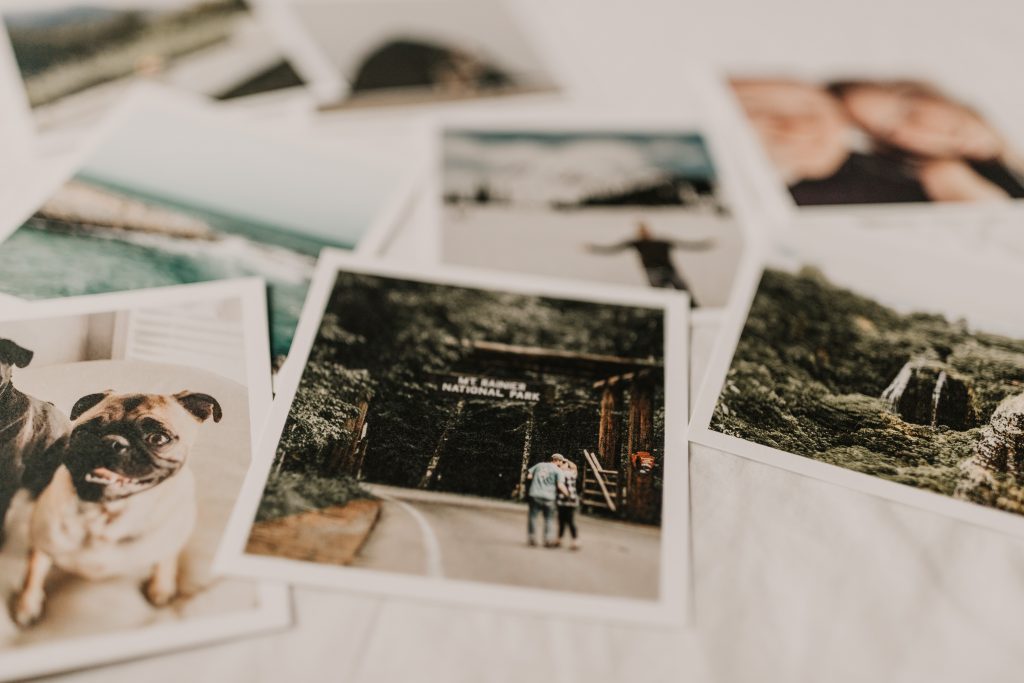
Hi. My name is Alaina, and I’m a (recovering) photo hoarder. I have no fewer than 80 billion photos of my cat, my kids, my coffee. Some of this hoarding stems from the fear of losing captures of some precious memory or experience. But most of it is a result of not having a better photo organization system in place from the start, which meant that by the time I realized the extent of the issue, it was going to take a lot of work to remedy it.
However, after running out of storage space anywhere I had photos saved and being unable to remember which photos were where, I determined that 2020 was the year I was finally going to Marie Kondo this chaotic part of my life. I implemented a four-step plan for implementing and maintaining a simplified photo organization system for my digital pics:
1. Delete, delete (and then delete some more). For me, this primarily meant going into my photos on iCloud and ruthlessly culling. I’m as guilty as the next person when it comes to taking multiple bad photos in the attempt to get the shot. And that’s fine. Just be sure you’re only keeping the good ones. Because I had let this habit slide for so long, this step felt like a monumental task. To make it less overwhelming, I broke it up into smaller, more manageable chunks: starting with last year, I deleted all the blurry/unflattering/redundant/why the heck did I take this? photos and then just worked my way back until iCloud heaved a huge sigh of relief and quit giving me digital side eye when it came to backing up my phone.
And because I don’t want to end up in this situation again, I created a monthly “delete photos” reminder on my phone. It’s far less overwhelming and time-consuming to cull photos from the last 30ish days instead of years. And I can easily do this during spare moments of down time.
This step also applies to any photos taken with a “real” camera. Get them off the memory cards and onto your computer and only keep the best.
2. Organize. For photos taken by professional photographers and those my husband and I take with the digital camera, I create folders on my computer, one for each year, and then I create more specific folders within each of those. For example, all the photos we had from last year went into the 2019 folder, then I created subfolders for holidays, vacations, birthdays, etc.
I’ve been doing something similar with some of my iPhone photos. If you’re an iPhone user, Apple Photos does a lot of the work for you when it comes to this, dividing the photos into years, months, days, locations, individuals, etc., but you can also create your own albums for events, trips, and specific memories, making it much easier to organize and search for specific sets of photos. Android users can also create folders within Google Photos.
3. Back up. Your phone should never be your primary photo storage device. Fortunately, most smartphones back up photos to some sort of cloud storage. If you’ve maxed out your free cloud storage and Step 1 hasn’t helped with this, consider paying a bit more each month to access more storage space. Some great options for free basic photo storage include Dropbox, Google Drive, and Microsoft OneDrive. Amazon Photos also offers free, full-resolution photo storage, available to Prime Members.
In addition to cloud storage, an external hard drive is a good idea for backing up photos. Ideally, you want to two forms of backup: one inside your home (external hard drive) and one outside of your home (cloud storage). My husband and I use Microsoft OneDrive and an external hard drive to back up our photos and other files.
4. Print. Any professional photographer will tell you that photos are meant to be printed, displayed, and enjoyed (and not just posted on Facebook or Instagram). Now that my photos are organized and accessible, it’s much easier to choose my favorites for printing; I can simply go into my digital folders or albums and choose specific photos to print and display in our home, to add to my kids’ baby books, or to give as gifts for the grandparents. And if you like creating photo books using Shutterfly, Artifact Uprising, or another photo book creation service, your new photo organization system will make it much easier to do this.
Our photos are special, sometimes priceless. They are oftentimes snapshots of things, people, or experiences we never want to forget, so it’s important to preserve and protect those precious memories. So get your photos off your phone— keep the good ones, put them someplace safe and easily accessible, and then enjoy them!













